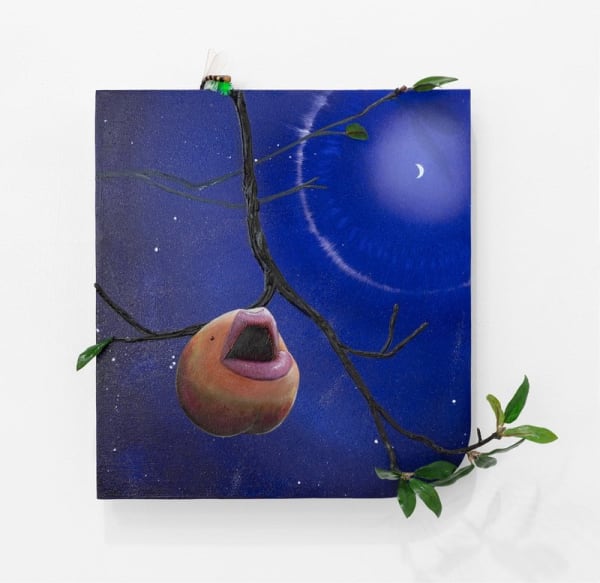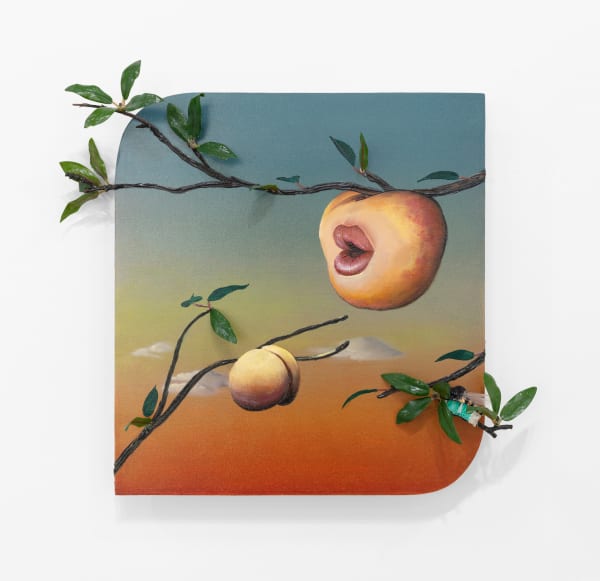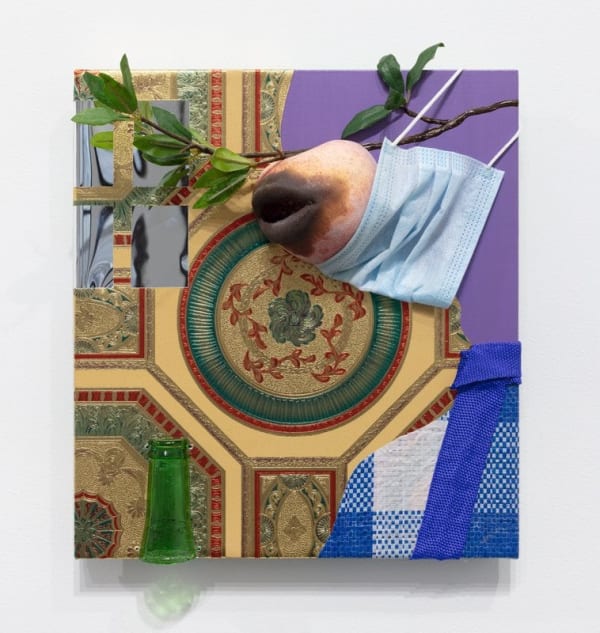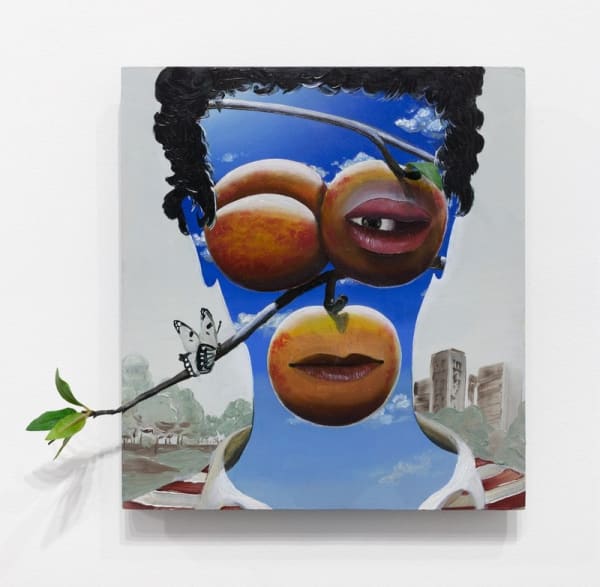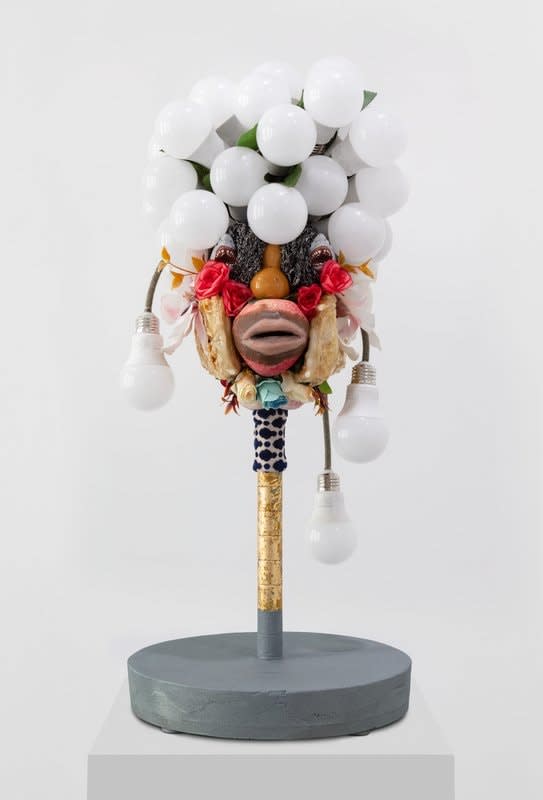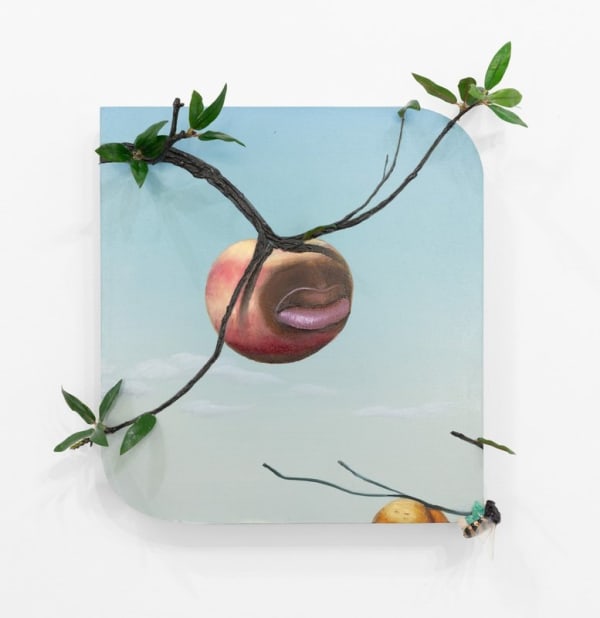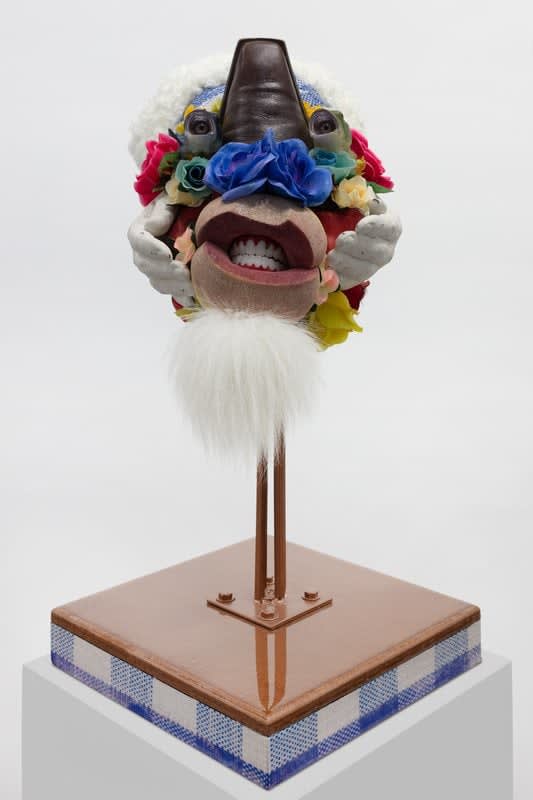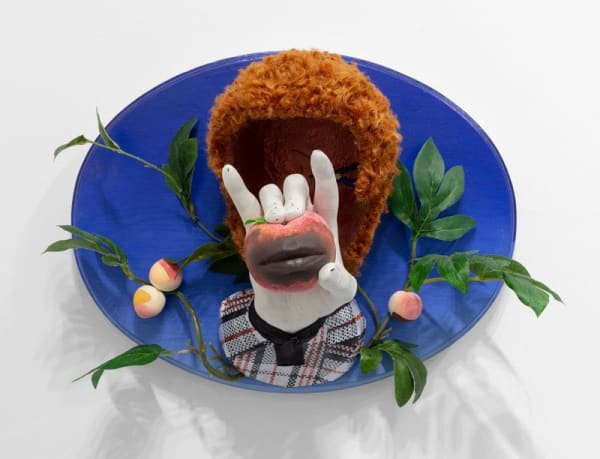Miguel Ángel Payano Jr.
Charles Moffett is pleased to present a solo exhibition of recent works by New York and Beijing-based artist, Miguel Angel Payano Jr. The exhibition is Payano’s first in New York, on view at the gallery’s Canal Street space from February 4 through March 7.
While others have imagined the locus of a person’s humanity as residing in the heart, the mind, the eyes, or the hand, for Miguel Angel Payano Jr., it all comes down to the mouth. Born in an Afro-Caribbean family in New York and studying in New England before moving to China in his twenties, Payano has always had to navigate between and among several languages and cultures. Learning to communicate across these contexts, Payano became more and more attuned to the importance of language in our understanding of and relation to one another. Forming connections through conversations, and adapting ourselves to disparate geographies by internalizing their vernaculars, we manifest our lives through language.
"Frequently recurring themes in my work are cross-cultural misinterpretations, identity formation, movement across thresholds, anthropomorphism, landscape as metaphor, the surreal, the grotesque and humor. In the studio I often use laughter as a guide—serious conversations are easier with levity." - Miguel Angel Payano Jr.
Charles Moffett is pleased to present a solo exhibition of recent works by New York and Beijing-based artist, Miguel Angel Payano Jr. The exhibition is Payano’s first in New York, on view at the gallery’s Canal Street space from February 4 through March 7.
While others have imagined the locus of a person’s humanity as residing in the heart, the mind, the eyes, or the hand, for Miguel Angel Payano Jr., it all comes down to the mouth. Born in an Afro-Caribbean family in New York and studying in New England before moving to China in his twenties, Payano has always had to navigate between and among several languages and cultures. Learning to communicate across these contexts, Payano became more and more attuned to the importance of language in our understanding of and relation to one another. Forming connections through conversations, and adapting ourselves to disparate geographies by internalizing their vernaculars, we manifest our lives through language. Our very identities, Payano says, are sculpted by speech:
"My trans-continental cultural life, the conflicts it creates and the insights it offers, is the foundation of my art. My “inner city” adolescence with Afro-Latino immigrants in New York City, my education and training in affluent White private institutions in New England and emerging as an artist in Beijing with my Chinese colleagues are three very distinct spaces racially, culturally, economically or linguistically speaking. Further, with more than a decade of relative isolation in each of these spaces, I have nurtured a shifting social identity that thrives in a tri-cultural delta. In short, mediating constantly shifting racial, socio-economic and cultural atmospheres is my modus vivendi. This has increased my awareness of similarities and differences within a culture and between cultures. Moreover, it has heightened my sensitivity to how we are indoctrinated into our communities also known as socialization."
The mouth—partial and potent—became an anchoring image for Payano. First painting human mouths onto the surface of peaches, Payano created his own image of an essentialized, quasi-person, a “single-celled human,” as he terms it. In these new works, such as Buen Mai (Good Mother), Lanzar and Warmer Destinations, Payano uses silicone casts of the mouths of friends and loved ones as his uncanny starting point. In the past, Payano has worked mostly in paint, but here he expands into sculptural and quasi-sculptural forms. In these works, his peach-mouths are joined by other images, textures, and found, transformed, and assembled objects that form strange human-like portraits that fuse painting and sculpture. Embedded in these captivating sculptural forms Payano plays with language: apparent mistranslations, synecdochic gags, and visual metaphors. Layering motifs and objects taken from the various cultures Payano inhabits, the artist creates surreal anthropomorphic representations that gesture cheekily towards issues race, place, and identity.
Miguel Angel Payano Jr. was born in New York in 1980 and lives between the Bronx and Beijing. He received a dual degree in Studio Art and Chinese Language from Williams College in Massachusetts in 2003 before moving to China and attending the renowned Central Academy of Fine Arts in Beijing, where he graduated with an MFA in 2008. In 2020, Payano received a second MFA from New York’s own Hunter College, where he was the recipient of the S&W Scholarship. He has shown in exhibitions throughout the northeastern United States, as well as in Hong Kong, Germany, Italy, Indonesia and the People’s Republic of China. He has had solo exhibitions of his work in Bali, Indonesia (2015); the Williams College Wilde Gallery in Williamstown, Massachusetts (2014); the LDX Hong Kong Gallery, Hong Kong (2013); and the Central Academy of Fine Arts, Beijing, China (2006). In 2021, he will also have a solo exhibition opening at the Qi Mu Space in Beijing, and has been invited to exhibit at the Ad-Diriyah Biennale in Riyadh, Saudi Arabia.


